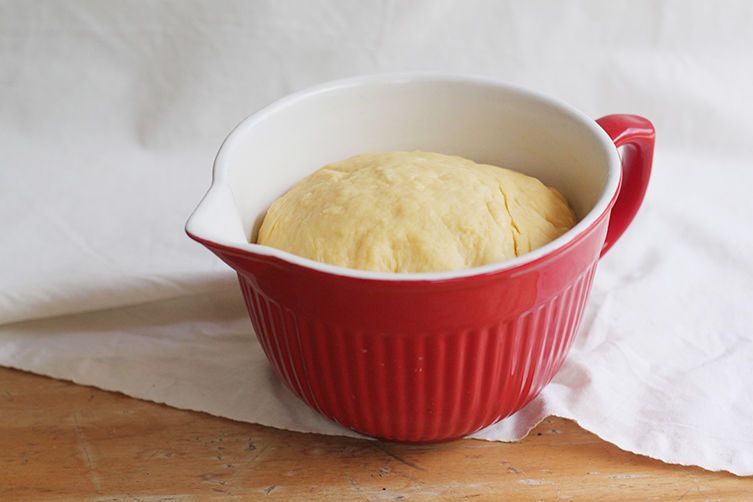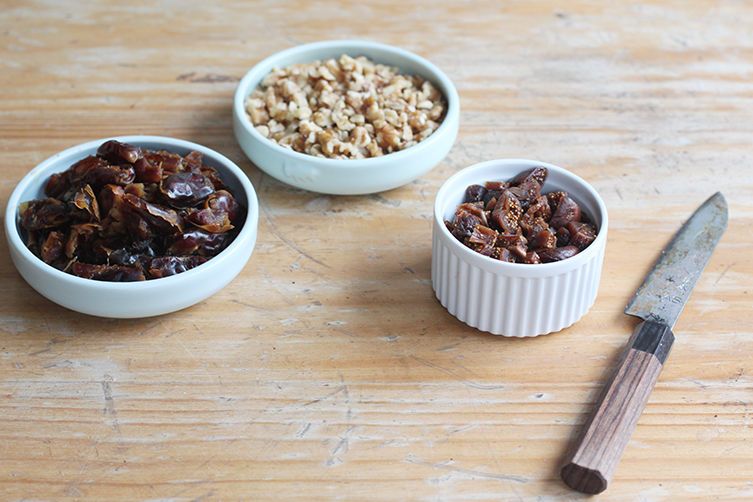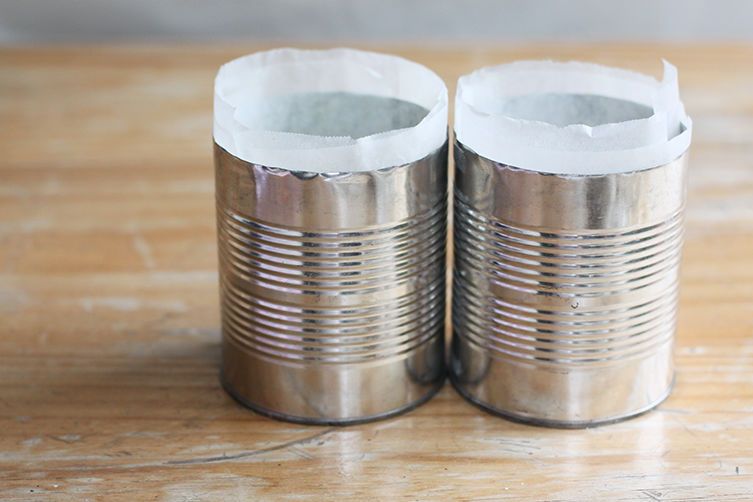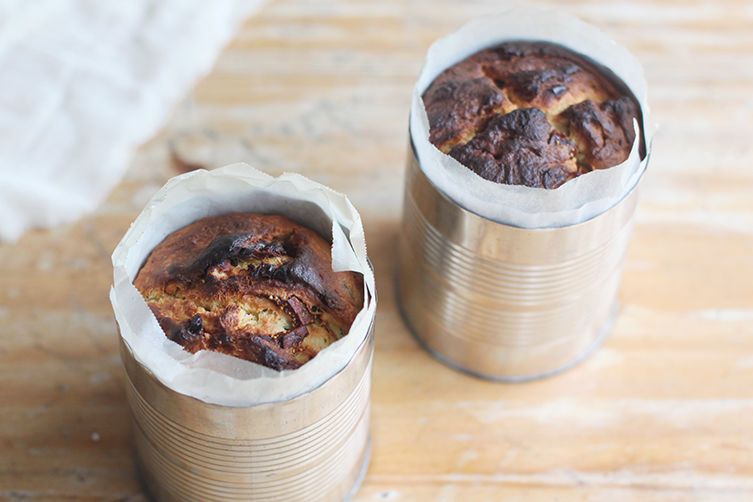Every Tuesday, Italian expat Emiko Davies is taking us on a grand tour of Italy, showing us how to make classic, fiercely regional dishes at home.
Today: Make Milan's famous Christmas bread at home.

This tall, sweet Christmas bread originally hails from Milan but is now synonymous with Christmas all over Italy -- and indeed further afield. Impossibly tall, wide, and domed, and traditionally studded with raisins, candied orange peel, and citron, panettone comes in large boxes that are usually found piled high in bakeries, delicatessens, and supermarkets across the country.
They are rarely made at home anymore -- for reasons of convenience and time, mainly -- but there is something immensely satisfying about pulling off this Christmas bread recipe and wrapping it up to give away to friends as a homemade gift. Plus, your house will smell incredible.

More than anything else, making panettone takes time. But don't let this put you off -- most of it is rising time, where you let the dough do its thing in a nice, warm place while you get other things done. You could do this in one day if you wanted to, but you may want to consider doing this over two days and letting the dough rise in the fridge overnight for the first rise (and, in fact, good bakeries will let the proofing process take a few days -- the longer and slower the dough proofs, the better the taste). The next day all you have to do is add the filling of dried fruit and nuts, let it rise for the second time, and bake.

The classic panettone is made with golden raisins, candied citron, and candied orange peel. Don't like candied fruit? Substitute it with chocolate chips and swap out the candied peel for chopped, lightly toasted hazelnuts. This is the beauty of homemade panettone -- you can create it how you like it. I've even seen these done with marron glacés (candied chestnuts). But I love this combination of dates, walnuts, and figs, a rather ancient trio that gives this panettone a naturally sweet and earthy flavor. Cut it into tall slices and serve it with some mascarpone cream (the same one you would use for the mascarpone filling of tiramisu will work nicely) and a sweet liqueur or wine after dinner.
More: The most thoughtful presents are homemade. Here are a few more edible gifts to make this season.


I have to admit, this isn't the easiest thing I've baked. The main issue is getting the lift and air into the dough so the result is a fluffy, lighter-than-it-looks bread. Partly it is the baking tin that helps do this. I attempted this in a tall cake pan, but the result was a much heavier panettone that was missing its height and feathery lightness. After days of searching high and low for suitable containers to bake this in, I ended up choosing something that everyone has easy (and cheap) access to: a good old food tin, such as a 28-ounce tomato tin, or even a coffee can.
Another factor is the risk of sinking during the cooling process. It is such a big deal that bakeries in Milan have specially built racks that hold hundreds of loaves of panettone upside down while they cool. Some recipes even call for skewering the bottom of the panettone with knitting needles to hang them upside down.

This panettone recipe is adapted slightly (a few ingredients as well as the method) from Carol Field's The Italian Baker (a great book for home bakers and Italophiles that includes most of the important breads of the country). This dough is enough to make 4 small panettoni -- since you're spending all the time making this, you may as well get a few out of it, one for yourself and some to give away to your favorite people.
Traditionally made with a sourdough starter that keeps it fresh for a long time, this quicker, homemade version won't last as long as store-bought panettone -- but there's usually no problem with that around here anyway.

Date, Fig, and Walnut Panettone
Makes 4 small panettoni
For the dough:
5 teaspoon active dry yeast (or 36 grams fresh)
1/3 cup plus 3 tablespoons warm water
4 3/4 cups (670 grams) flour (half bread flour, half all-puropose flour, preferably), plus extra for kneading and dusting
4 eggs plus 2 egg yolks
1 cup (200 grams) sugar
1 1/3 cups (300 grams) butter, room temperature
2 tablespoons honey
1 1/2 teaspoons vanilla extract
Olive oil or butter for greasing
For the filling:
1 1/2 cups (250 grams) pitted dates
2/3 cup (80 grams) walnut pieces
1/2 cup (80 grams) dried figs
Grated zest of 1 orange
Grated zest of 1 lemon
See the full recipe (and save and print it) here.
Photos by Emiko Davies









See what other Food52 readers are saying.